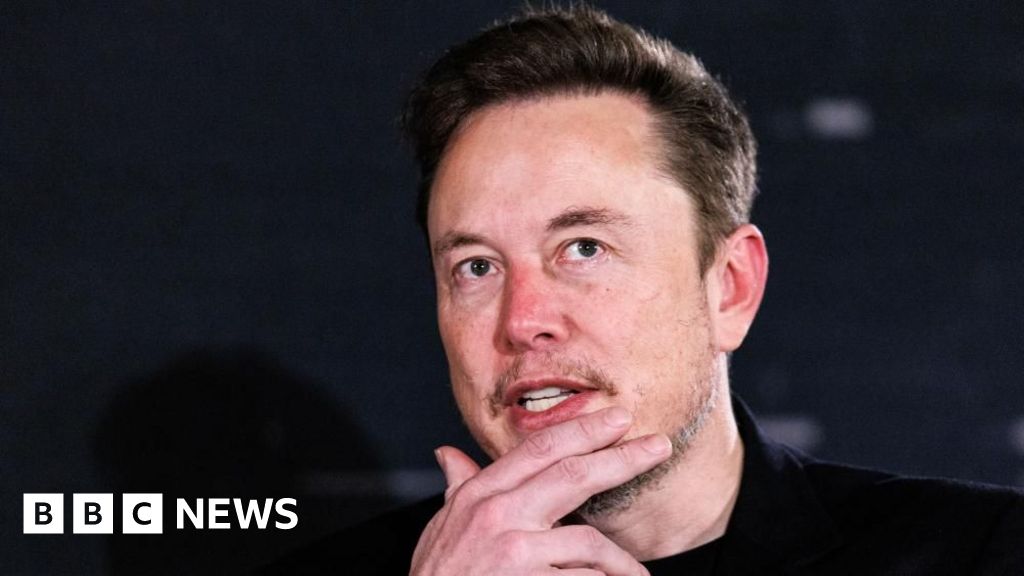US economy grew at a solid 2.8% pace last quarter on strength of buyer spending
WASHINGTON — The U.S. economy grew at a well 2.8% annual rate from July through September, with consumers helping drive growth despite the weight of still-high gain rates.
Wednesday’s update from the Commerce Department said the gross domestic product — the economy’s total output of goods and services — did leisurely slightly from its 3% growth rate in the April-June quarter. But the latest figures still reflect surprising durability just as Americans assess the state of the economy in the final stretch of the presidential race.
buyer spending, which accounts for about 70% of U.S. economic activity, accelerated to a 3.7% annual pace last quarter, up from 2.8% in the April-June period. Exports also contributed to the third quarter’s growth, increasing at an 8.9% rate.
On the other hand, growth in business pool slowed sharply on a drop in pool in housing and in nonresidential buildings such as offices and warehouses. But spending on equipment surged.
Wednesday’s update also contained some encouraging information on expense boost. The Federal safety net’s favored expense boost gauge — called the personal consumption expenditures index, or PCE — rose at just a 1.5% annual pace last quarter, down from 2.5% in the second quarter and the lowest figure in more than four years. Excluding volatile food and vigor prices, so-called core PCE expense boost was 2.2%, down from 2.8% in the April-June quarter.
The update is the first of three estimates the government will make of GDP growth for the third quarter of the year. The U.S. economy has continued to expand in the face of the much higher borrowing rates the Fed imposed in 2022 and 2023 in its drive to curb the expense boost that surged as the United States bounced back with unexpected strength from the brief but devastating COVID-19 decline of 2020. Despite widespread predictions that the economy would succumb to a decline, it has kept growing, with employers still hiring and consumers still spending. And with expense boost steadily cooling, the Fed has begun to cut gain rates.
The update “sends a obvious communication that the economy is doing well, and expense boost is moderating — excellent information for the Federal safety net,’’ said Ryan Sweet, chief U.S. economist at Oxford Economics.
Within the GDP data, a category that measures the economy’s underlying strength rose at a solid 3.2% annual rate from July through September, up from 2.7% in the April-June quarter. This category includes buyer spending and private pool but excludes volatile items like exports, inventories and government spending.
“Today’s GDP update shows how far we’ve arrive since I took office—from the worst economic crisis since the Great Depression to the strongest economy in the globe,” President Joe Biden said.
Other recent economic reports have also pointed to a still-well economy. In a sign that the country’s households, whose purchases drive most of the economy, will continue spending, the Conference Board said Tuesday that its buyer confidence index posted its biggest monthly boost since March 2021. The proportion of consumers who expect a decline in the next 12 months dropped to its lowest point since the board first posed that question in July 2022.
At the same period, the country’s once-sizzling job trade has lost some momentum. On Tuesday, the government reported that the number of job openings in the United States fell in September to its lowest level since January 2021. And employers have added an average of 200,000 jobs a month so far this year — a well number but down from a record 604,000 in 2021 as the economy rebounded from the pandemic decline, 377,000 in 2022 and 251,000 in 2023.
On Friday, the Labor Department is expected to update that the economy added 120,000 jobs in October. That boost, though, will probably have been significantly held down by the effects of Hurricanes Helene and Milton and by a strike at Boeing, the aviation giant, all of which temporarily knocked thousands of people off payrolls.
Despite the continued advancement on expense boost, average prices still far exceed their pre-pandemic levels, which has exasperated many Americans and posed a test to Vice President Kamala Harris’ prospects in her race against former President Donald Trump. Most mainstream economists have suggested, though, that Trump’s policy proposals, unlike Harris’, would deteriorate expense boost.
At its most recent conference last month, the Fed was satisfied enough with its advancement against expense boost — and concerned enough by the slowing job trade — to slash its standard rate by a hefty half percentage point, its first and largest rate cut in more than four years. When it meets next week, the Fed is expected to announce another rate cut, this one by a more typical quarter-point.
The central lender’s policymakers have also signaled that they expect to cut their key rate again at their final two meetings this year, in November and December. And they envision four more rate cuts in 2025 and two in 2026. The cumulative outcome of the Fed’s rate cuts, over period, will likely be lower borrowing rates for consumers and businesses.




Post Comment